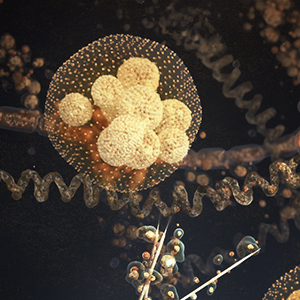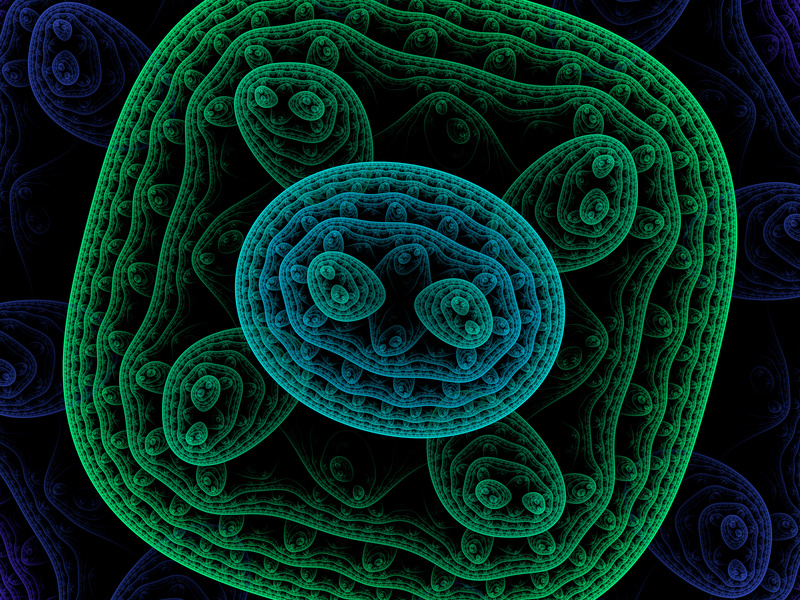A single genetic change and some clever geometry show how single-celled organisms can band together to form cooperative multicellular entities.
Until one or two billion years ago, life on Earth was limited to a soup of single-celled creatures. Then one fateful day, a lonely cell surrendered solitude for communal living. It developed a chance mutation that made its progeny stick together, eventually giving rise to the first multicellular life.
With that simple innovation, a world of possibilities burst open. These new organisms were too big to be eaten, and their mammoth size allowed them to pull in more food from the environment. Most important, individual cells within the bunch could begin to specialize, taking on new functions, such as hunting, eating and defense. The transition to multicellularity was so successful that it happened over and over again in Earth’s evolutionary history — at least 25 times, and very likely more.
Source: Life’s Secrets Sought In A Snowflake | Quanta Magazine












Leave A Reply